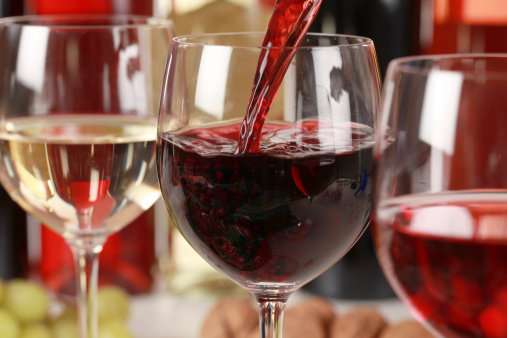Supertasters a super opportunity for advertisers

For food and beverage advertisers, understanding consumer taste preferences is critical. New research is shedding more light on what drives the preferences of one group, known as supertasters. This research may allow advertisers to better market their products to this segment of the population.
The research of Michael LaTour, a former professor of marketing and law at Ithaca College who passed away in November 2015; his wife Kathy LaTour, an associate professor of services marketing at Cornell University; and Brian Wansink, professor of marketing at Cornell, is set to be published in an upcoming issue of the Journal of Advertising Research.
The trio used three small studies to answer several questions about supertasters—individuals whose increased amount of taste bud papillae leave them prone to disliking bitter foods while preferring sweet ones—and find out more about their brand identification ability, brand loyalty and if their abilities dissipate with learning.
Studying soda
In the first study, the researchers recreated the famous Pepsi Challenge to see if supertasters were more likely than non-supertasters to prefer the sweeter Pepsi to Coke and Mexican Coke. The results showed that 50 percent of supertasters did in fact prefer Pepsi, compared to just 22 percent of non-supertasters.
"We already know some people are going to prefer sweeter beverages," said Kathy LaTour. "But this helps to put a name to that segment of the population, which can be advantageous for marketers."
Working with wine
In the second study, the researchers had participants use the Self-Assessment Manikin (SAM) to see if supertasters were more likely to experience heightened emotions when tasting white wine. They also asked participants questions to determine their level of brand loyalty. Supertasters were found to experience more pleasure and activation and less feelings of control when tasting wine. Additionally, they were significantly less likely to try new wines.
While some prior research had found that supertasters tend to avoid alcohol, this new finding could help winemakers reach a significant portion of population.
"It might be harder for [supertasters] to find a wine they like, but once they do, they're going to be more loyal to it," said LaTour. "That's great for the brand that can find a way to reach them."
In the final study, the researchers gave participants two glasses of the same wine, one of which was colored red. Prior research had found that some individuals use a wine's color to set expectations for its flavor, and the goal was to see to what degree supertasters experienced a bias on flavor ratings. The results showed that supertasters were more likely to notice the similarities in the wines, and less likely to experience bias.
The implications of this research could be significant. For example, Starbucks developed their "blonde" line to appeal to customers who wanted a lighter coffee, LaTour said. But with this new research, marketers could now direct advertising to a dedicated segment of the population whose tastes are significantly different than others. Highlighting the increased sweetness—or decreased bitterness—in certain products might make the advertisements more likely to drive a purchase.
Provided by Ithaca College

















